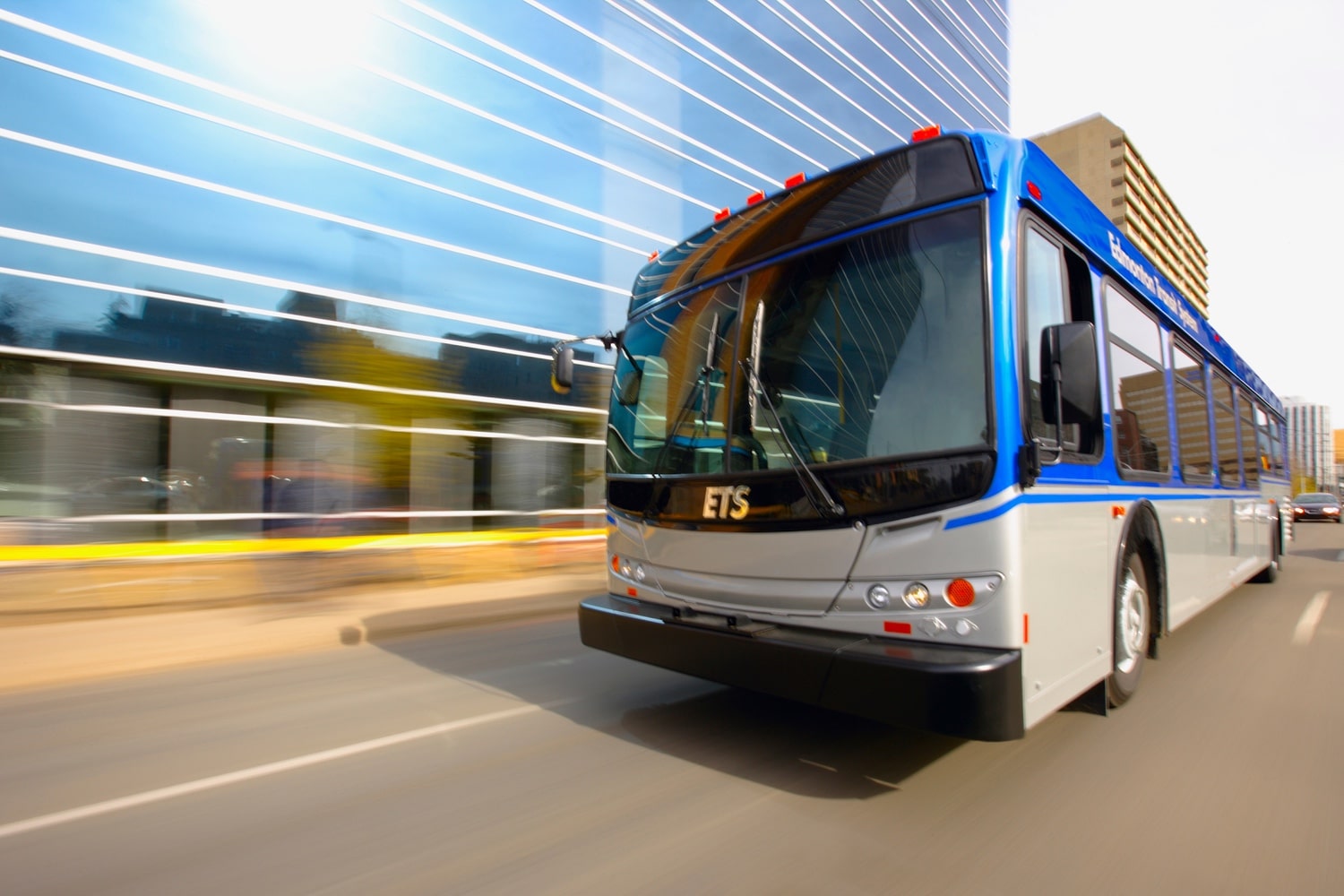
Article Highlights
Canada’s fifth largest city, Edmonton, launches its first electronic fare card today, with the closed-loop contactless Arc card becoming available for standard adult fares. The delayed program could one day help replace paper tickets and passes, though there are no plans to phase out cash.
The project is budgeted at CA$53 million (US$39.5 million) for capital costs. This includes more than 3,100 validators for nearly 1,100 buses across the metropolitan area, as well as validators on platforms at 18 light-rail stations. Of the capital budget, the agencies have spent around CA$36 million so far, or a little more than two-thirds, said Grayson, speaking through a spokeswoman.
• ETS (Edmonton)
• Calgary Transit
• Vix
Canada’s fifth largest city, Edmonton, launches its first electronic fare card today, with the closed-loop contactless Arc card becoming available for standard adult fares. An open-loop payments service will eventually follow, Cameron Grayson, director, transit innovation programs for the Edmonton Transit Service, or ETS, told Mobility Payments in a statement.


















